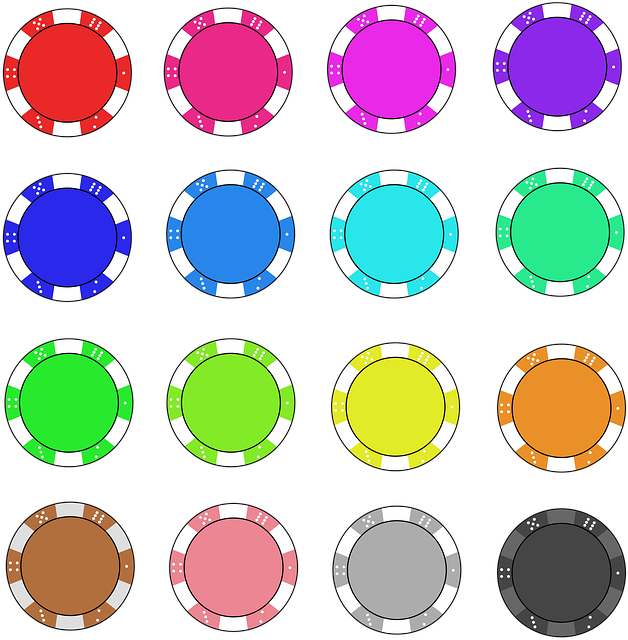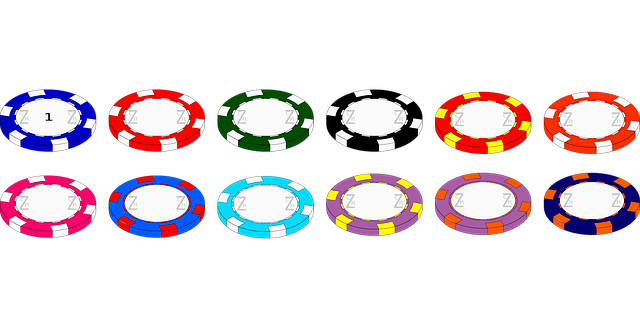Betting odds, represented as fractions or decimals, convey event probability and potential returns. Higher odds denote less likely success with larger payouts; lower odds indicate higher likelihood of failure but smaller gains. Understanding betting odds explained is vital for bettors to make strategic choices, balancing risk tolerance and desired payoff structures for optimal results in sports wagering.
Understanding betting odds is key to making informed decisions at the race track, casino, or sports arena. This comprehensive guide, “Betting Odds Explained,” breaks down complex concepts into simple terms. We’ll explore what betting odds are, how they function, and equip you with effective strategies for interpreting and leveraging them. Whether a seasoned bettor or novice, this article offers valuable insights to enhance your gaming experience. By the end, you’ll be empowered to make smarter bets and maximize your potential winnings.
What Are Betting Odds?

Betting odds, a fundamental concept in gambling and sports betting, represent the likelihood or probability of an event occurring. They are essentially numerical expressions that convey how likely it is for a specific outcome to materialize. When you see odds displayed, such as 2/1 or 3.50, these fractions or decimals indicate potential returns on your wagered amount. For instance, 2/1 means for every unit bet, you’ll receive two units back if the event comes true.
The ‘betting odds explained’ concept is crucial for bettors to understand as it directly impacts their decisions and potential winnings. Higher odds suggest a better chance of success for the predicted outcome, offering larger but less frequent payouts. Conversely, lower odds indicate a higher likelihood of failure, resulting in smaller returns with more frequency.
How Do Betting Odds Work?

Betting odds, at their core, represent a mathematical expression of the likelihood of an event occurring. They serve as a fundamental tool in gambling and sports betting, offering valuable insights into potential outcomes. Essentially, odds indicate how much you stand to gain for each unit of risk taken—a bet on an event’s probability.
When you place a bet, the odds determine your potential returns. For instance, if the odds are 2/1 (or 33% likelihood), it means for every three bets with that outcome, you’ll win one and receive two times your initial stake as a reward. This simple concept forms the backbone of betting strategies, enabling enthusiasts to make informed choices and manage their risks effectively.
Strategies for Interpreting and Using Betting Odds

Understanding betting odds is a crucial part of becoming a successful bettor. Once you grasp the concept, it becomes an invaluable tool in your decision-making process. The odds represent the probability of a particular event occurring and are expressed as a fraction or decimal. For example, if you see a football match with odds of 2/1 (or 3.00 as a decimal), it means that for every £1 you bet, you could win £2 (or three times your stake).
When interpreting odds, consider the event’s likelihood. Higher odds indicate a less probable outcome, while lower odds suggest a more likely result. This knowledge allows bettors to strategize and place informed bets. For instance, backing a team with shorter odds might be riskier but could offer smaller returns, whereas choosing an underdog with longer odds could yield higher payouts for a greater reward.
Understanding betting odds is a game-changer when it comes to making informed decisions at the track or online. By grasping how odds work, you can employ effective strategies to maximize your potential wins. This guide has provided a solid foundation in the world of betting odds explained, empowering you with the knowledge to navigate the landscape confidently and potentially turn your bets into lucrative opportunities.






